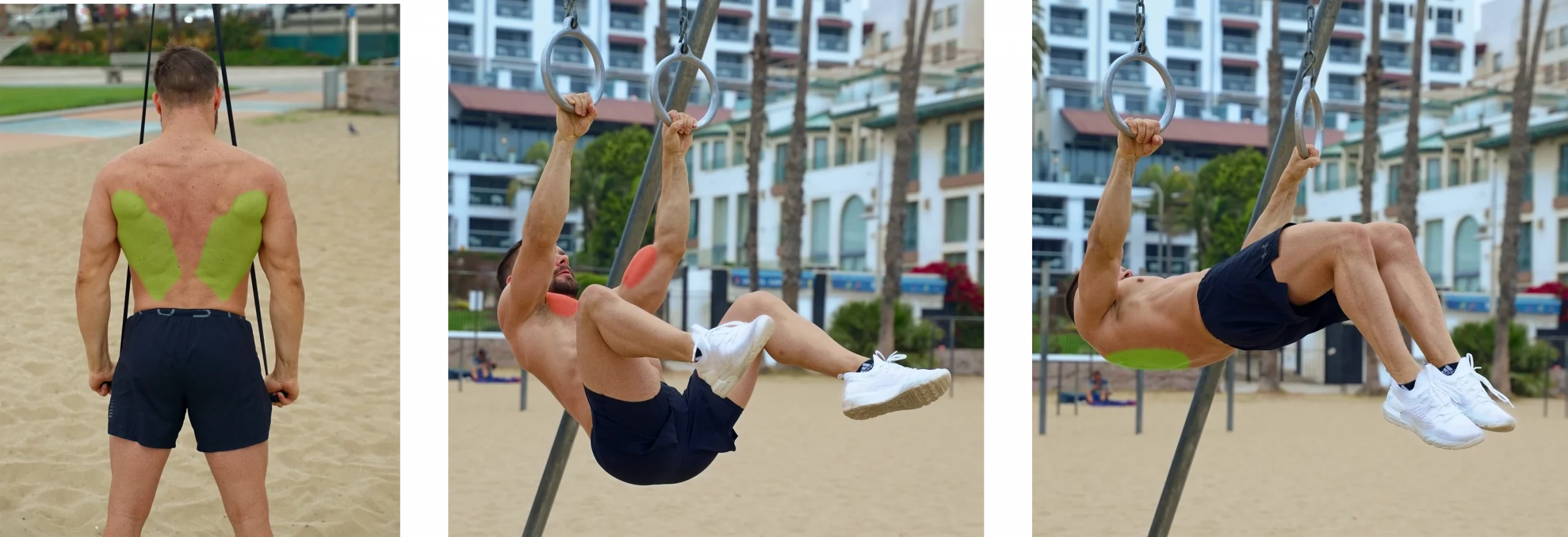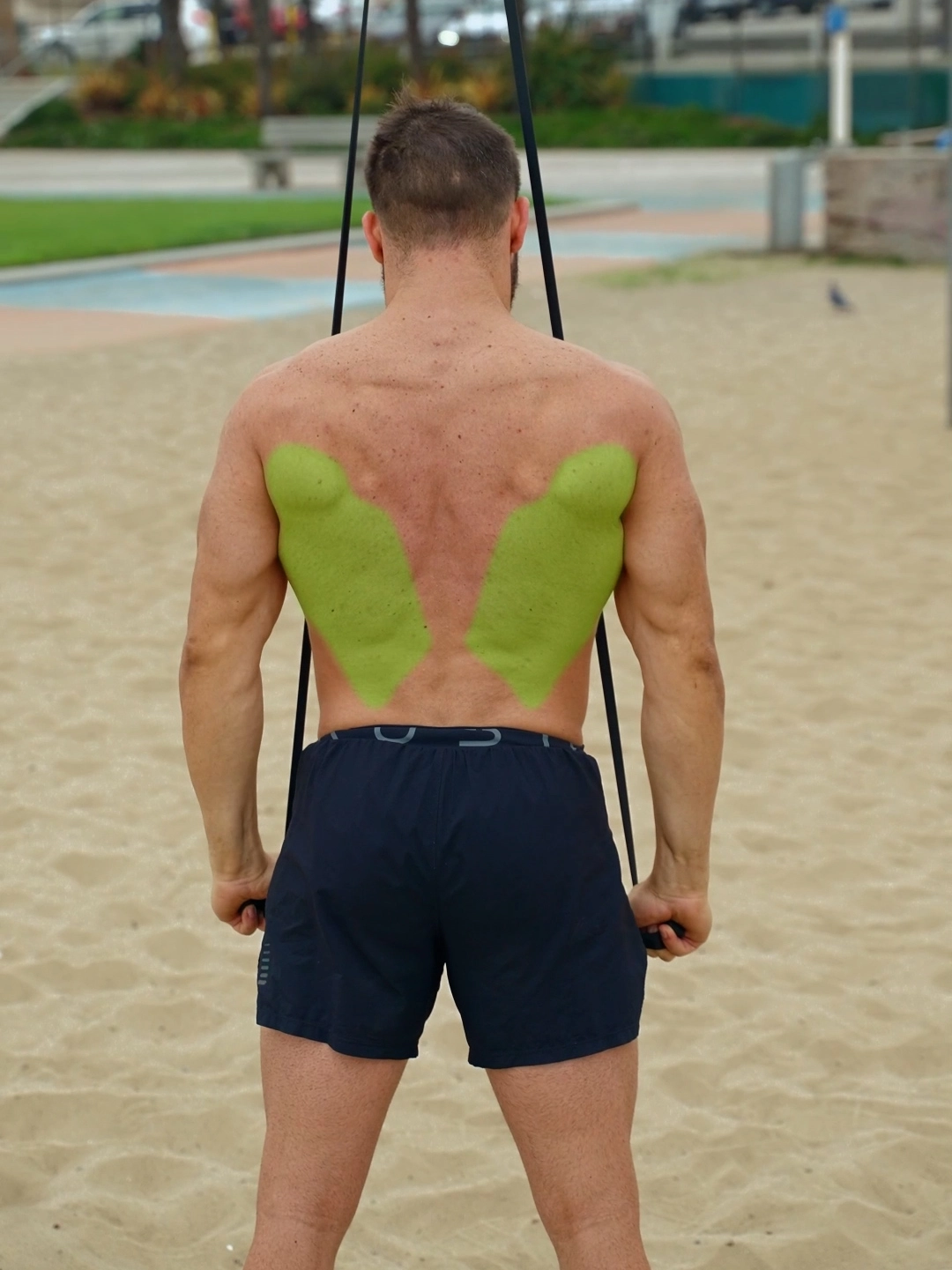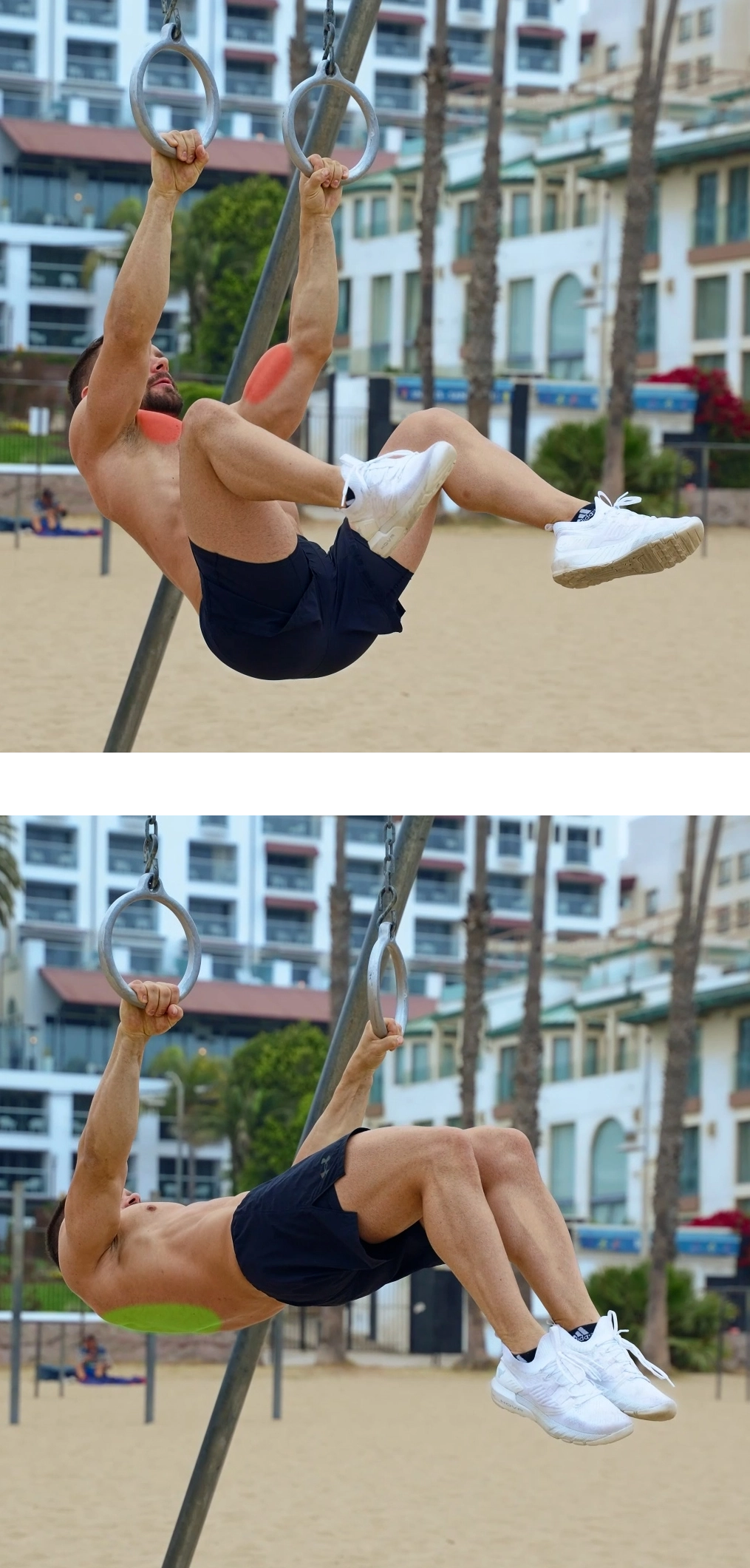Why Form and Technique Matters in Calisthenics
Calisthenics styled workouts are a great way to build strength, develop coordination and to get to know your body. Now it is easy to punch out a bunch of reps and to break a sweat but if you want your workouts to be efficient and healthy you have to do things right.
No matter what we do in life, how we do things always matter. With calisthenics training it might just matter a little bit more than with other things. Understanding why form is so crucial when training calisthenics is key. This article aims to break down what form and technique really influences when working on bodyweight fitness. After reading this article you will not only understand all different aspects but you will be able to actively implement the things learned here into your routine to enhance your results instantly.
Health & Injury Prevention
We love to train. You and I we have that in common. In order to do what we love we have to stay healthy. If you get injured you will have pain and your body will need to invest energy into recovery and healing. Therefore getting hurt is the last thing that we need. It must always be our highest priority, before results and gains, to stay healthy.
Analyze exercise form and learn about human anatomy to understand how to protect yourself from injuries.
A great rule of thumb I like to follow: Engage against gravity.


Ability to apply force efficiently
This one is a bit more difficult to understand when you are just starting your calisthenics journey but bare with me here. In order to use your body efficiently and in order to give your muscles a chance to work properly you have to be well aligned.
In other words: If you do not align yourself properly you can not use your muscles to their fullest extent. Now the problem is that often what the body naturally choses to do is not correct.
A perfect example here is once again the planche. If you attempt to hold a planche but you do not protract your shoulders at all you will lose the ability to use your chest muscles and your anterior deltoid which ends up in a less favorable position is forced to attempt to lift the entire shape.
Another example on how technique can drastically influence how and which muscles you are able to use is the press to handstand from L Sit, stalder or even from standing. Every beginner will think of getting the hips up as it is clearly the main goal here. A beginner will open the hips and arch the back making it incredibly hard for the shoulders and back to apply the force needed to get up. Instead if the athlete stays compressed and first focuses on opening the shoulders whilst staying fully compressed the athlete can then use the back muscles to pull the hips up.
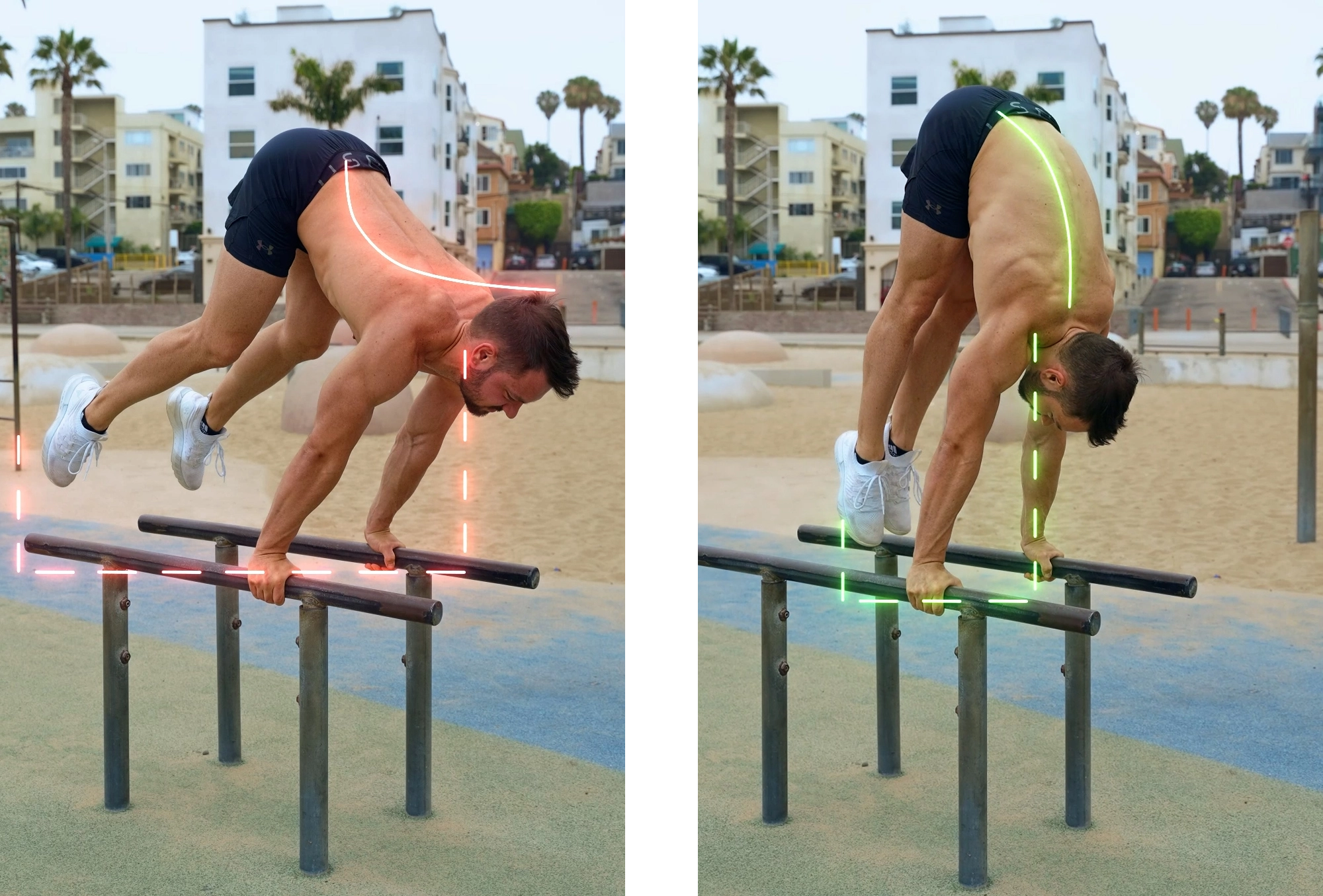
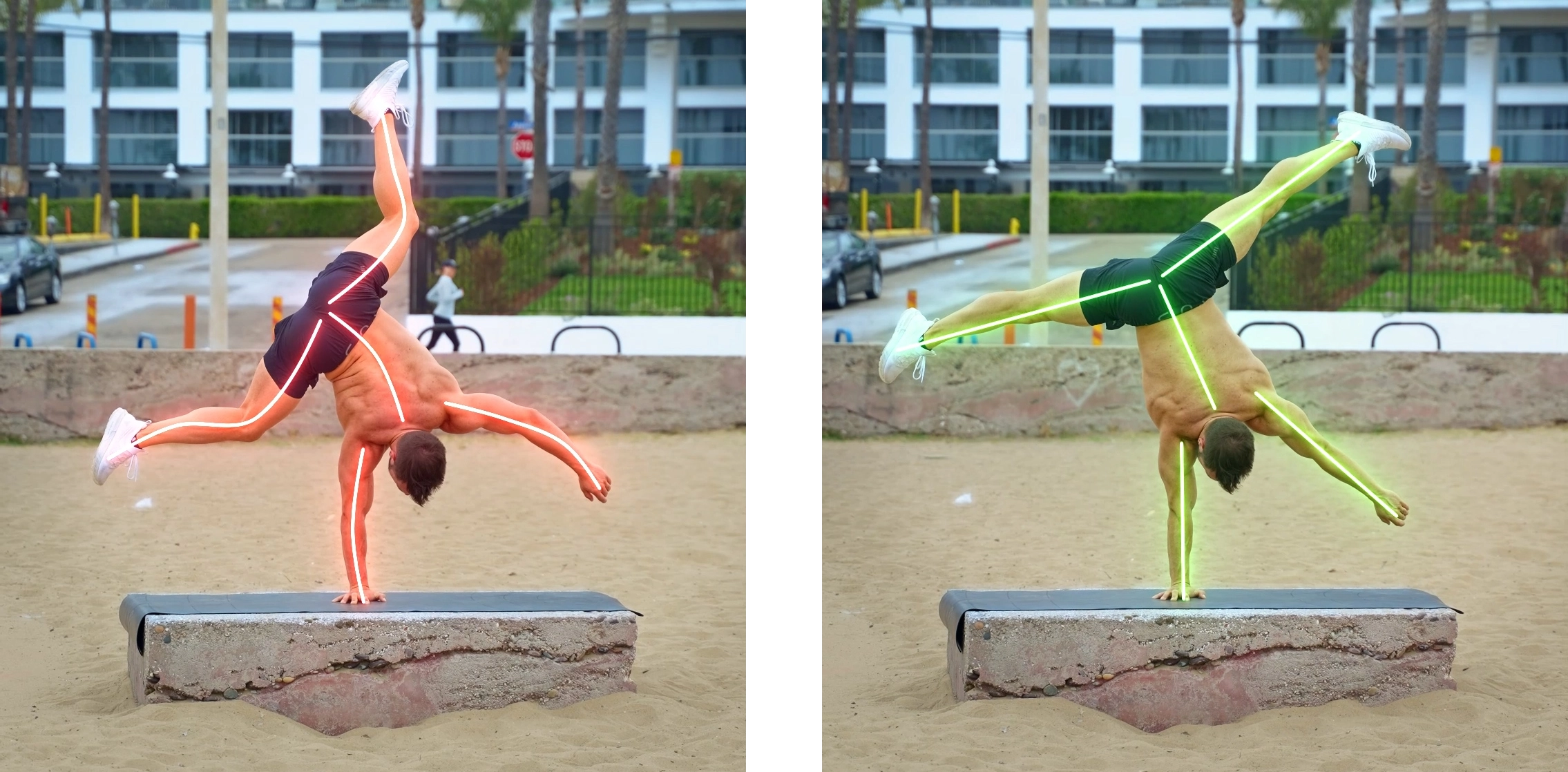
Ability to isolate muscles
Pretty much every exercise in calisthenics is a compound drill involving the entire body. The problem is that some muscles like the biceps and anterior deltoid are used in most drills whilst other muscles are harder to reach.
The goal is to create a well balanced physique and with that healthy body. In order to be well balanced you have to develop all of your muscles some what equally. Naturally the body does not grow equally as we all have some muscles that grow easier compared to other ones. This means you need to plan your workouts in a way to tackle these “hard gainer” muscles.
Correct form becomes significant here to assure that you are actually training the targeted muscle. If your form is off you will not be using the correct muscle. Your body will most likely automatically adapt form to what ever seems easiest in the moment and use your already developed and strong muscles instead of the ones you are trying to focus on.
Looking at the Handstand Push Up for example. If you keep your body in a straight line you will mainly use your anterior deltoids. If on the other hand you allow your back to arch the angle in your shoulders changes and your handstand push up becomes primarily a chest exercise comparable to regular push ups.
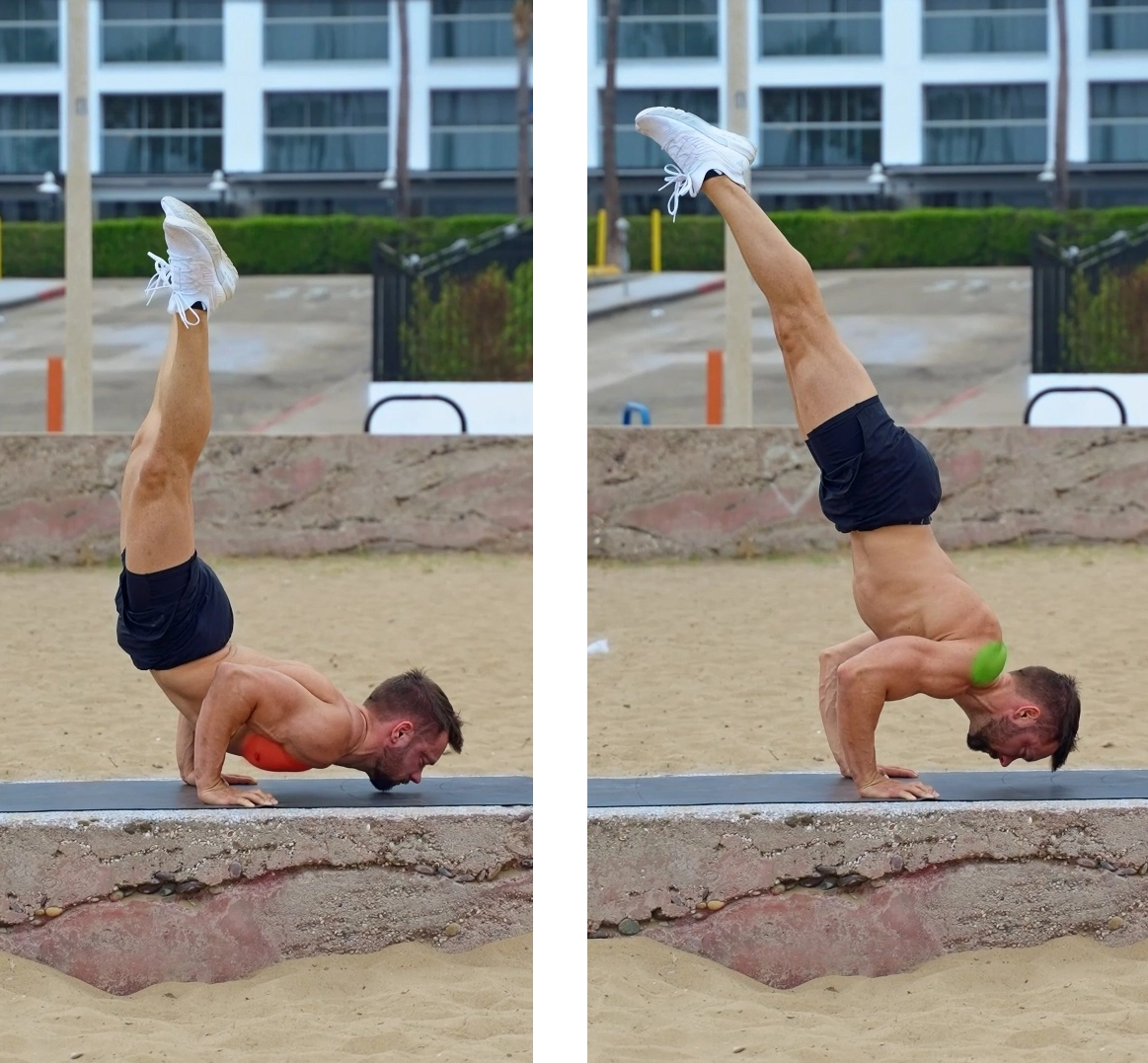
Another great example here is the front lever. Chose a progression that is appropriate for you. Bing able to lock out the elbows and to retract the shoulders will turn this into a powerful lat exercise with additional pressure on your rhomboids, trapezius and triceps.
But if you place too much pressure using a progression that is too hard you will bend your elbows and pike at the hips. This will still keep some pressure in the lats of course but the main work will now be done by the biceps, hip flexors and chest.
As you can see form matters more than ever. Analyze the exercise you are about to do, truly break it down in your head and understand what exactly you have to do and for what reason. What is the goal of the exercise? Only by understanding all of these things you will truly be able to maximize your training results.
